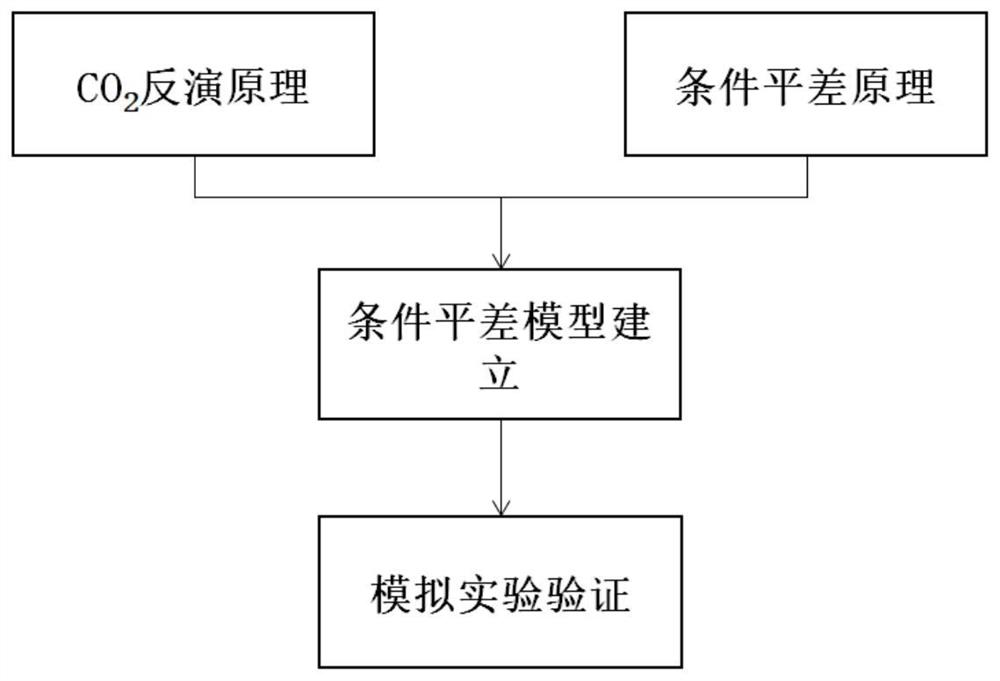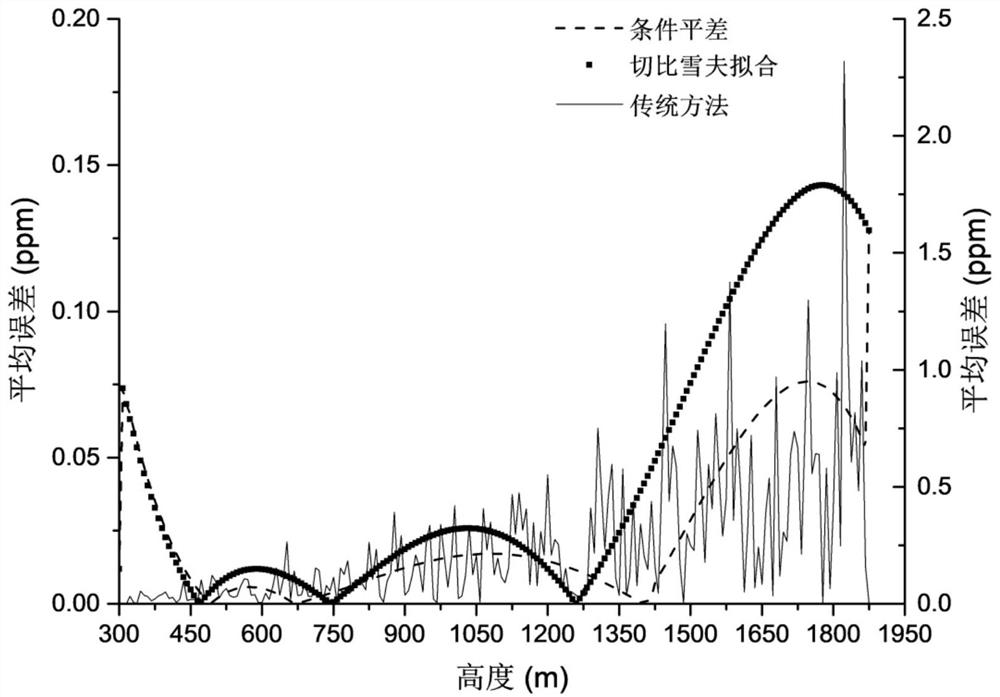Method for improving inversion precision of carbon dioxide differential absorption laser radar
A carbon dioxide and lidar technology, applied in the field of atmospheric remote sensing, can solve the problems of low result accuracy and low signal-to-noise ratio, and achieve the effects of good accuracy, reduced hardware parameter limitations, and strong stability.
- Summary
- Abstract
- Description
- Claims
- Application Information
AI Technical Summary
Problems solved by technology
Method used
Image
Examples
Embodiment Construction
[0047] The technical solutions of the present invention will be further described below in conjunction with the accompanying drawings and embodiments.
[0048] The invention provides an improved CO based on differential absorption lidar 2 The calculation method of concentration inversion greatly improves the accuracy of lidar inversion of CO2 profile concentration; the method includes the following steps:
[0049] Step S1, introducing the inversion principle and conditional adjustment;
[0050]At present, differential absorption lidar (DIAL) technology has been widely used to detect trace gases. The principle is to detect the difference between the on-line wavelength and off-line wavelength signals, and then invert the density of the target gas in the atmosphere according to the principle of molecular absorption. A standard DIAL system emits two adjacent laser beams of different wavelengths. The wavelength on the strong absorption peak of the target gas is called the on-lin...
PUM
 Login to View More
Login to View More Abstract
Description
Claims
Application Information
 Login to View More
Login to View More - R&D
- Intellectual Property
- Life Sciences
- Materials
- Tech Scout
- Unparalleled Data Quality
- Higher Quality Content
- 60% Fewer Hallucinations
Browse by: Latest US Patents, China's latest patents, Technical Efficacy Thesaurus, Application Domain, Technology Topic, Popular Technical Reports.
© 2025 PatSnap. All rights reserved.Legal|Privacy policy|Modern Slavery Act Transparency Statement|Sitemap|About US| Contact US: help@patsnap.com



